Mythologies of the Lahaule Tribes
The Lahaula are a tribal community found in Lahaul and Spiti district of Himachal Pradesh.Lahaule tribes of Himachal Pradesh are of mixed origination and are the inhabitants of Lahaul. Mostly this Lahaule tribal community is found in several regions like Lahaul Valley, Pattan, Chamba-Lahaul, and lower Mayar valleys. The term ‘Lahule’ connotes the inhabitants of Lahaul. This tribal people are said to be originated from the aboriginal Munda tribe and Tibetans. The language of the Lahaule tribal community is In fact there are alternative names of this language, which are popular amongst the Lahaule tribal community. Manchati, Manchad, Patni, Chamba, Chamba Lahuli, Lahuli, Swangla, Changsapa Boli are some of the alternative names of their language. Apart from these, there are certain dialects of this language, which are also prevalent in Lahaule tribal groups. Though the people of the Lahaule tribal community are basically agrarian, some of them are also engaged in trade. They export wheat, barley, ‘Kuth’ which is a herb, to Kolcuta. Their society is ramified in upper and lower classes namely Brahmins, Thakurs, Lohars and Dagis. Marriage in the same clan is allowed among the Lahaule tribal community. Just like many other tribal communities of the whole of the Indian subcontinent, this Lahaule tribal community too is oriented to religious customs and beliefs. Most of the people of this community are the followers of Hinduism and Buddhism. Hindu and Buddhist visit Trilokinath temple often. These people prefer to wear colourful attires and ornaments which are a major part of their costumes. That the culture and the tradition of this Lahaule tribal community are quite exquisite is revealed from the fact that it has a plethora of dance forms, music, fairs and festivals.
Lahaule tribes of Himachal Pradesh have been bestowed upon the status and prestige of being one of the Scheduled tribes of the state. Mostly this Lahaule tribal community is found in several regions like Lahaul Valley, Pattan, Chamba-Lahaul, and lower Mayar valleys. The term 'Lahule' connotes the inhabitants of Lahaul. This tribal people are said to be originated from the aboriginal Munda tribe and Tibetans. The language of the Lahaule tribal community is Pattani. In fact there are alternative names of this language, which are popular amongst the Lahaule tribal community. Manchati, Manchad, Patni, Chamba, Chamba Lahuli, Lahuli, Swangla, Changsapa Boli are some of the alternative names of their language. Apart from these, there are certain dialects of this language, which are also prevalent in Lahaule tribal groups. Though the people of the Lahaule tribal community are basically agrarian, some of them are also engaged in trade. They export wheat, barley, 'Kuth' which is a herb, to Kolcuta. Their society is ramified in upper and lower classes namely Brahmins, Thakurs, Lohars and Dagis. Marriage in the same clan is allowed among the Lahaule tribal community. Just like many other tribal communities of the whole of the Indian subcontinent, this Lahaule tribal community too is oriented to religious customs and beliefs. Most of the people of this community are the followers of Buddhism and they visit their main temple of worship, Trilokinath often. These people prefer to wear colourful attires and ornaments which are a major part of their costumes. That the culture and the tradition of this Lahaule tribal community are quite exquisite is revealed from the fact that it has a plethora of dance forms, music, fairs and festivals.
Lahaula Tribes/Lahauli Tribes are one more major tribal community of Himachal Pradesh , they are based in the Lahaul and Spiti District. These tribes are found in Lahaul Valley,Pattan, Chamba-Lahaul and also in the lower valleys of Mayar. The origin of this community is said to be from aboriginal Munda tribes and Tibetans. The word Lahaule means the inhabitants of Lahaul. The language of the Lahuale tribal community actually has alternative names like Manchati, Manchad, Patni, Chamba, Chamba Lahuli, Lahuli, Swangla, Changsapa Boli are the alternative names of their language. Community has branched out into different castes like Brahmins, Thakurs, Lohars and Dagis. These tribes also had the tradition of polyandry but now as the influence of modernization and people being educated in the community has slowly started accepting Monogamy. They are allowed to marry in the same clan . Similar to other tribal communities of Himachal Pradesh, these tribes are also inclined towards Cultural beliefs and customs. Their dance forms, music, fairs and festivals are the clear evidence about these traditional and Cultural excellence. Though the primary occupation of these people is agrarian, some people also do trading where they export wheat, barely, Kuth(It’s a herb of Kolcutta). The Lahaulies are renowned for growing seed potatoes. The varied Lifestyle, culture, food, traditions and customs of tribes of Himachal Pradesh adds to the heritage of the State. The government of India has set up distinct commissions in order to understand socio-economical, educational and political status of the downtrodden tribal community so that the community could be given required assistance for the progress and development.
The family is the basic unit of kinship amongst the Lahaulas. They usually follow an extended family system, an inheritance from the polyandry system of the past. The family is headed by a senior male member who may not always be the oldest male member or the seniormost living member of the family. The head is known as yunda and his wife yundamo. He usually attains automatic authority by virtue of his being the oldest member of the senior generation. However, in case of his not being able to discharge his functions suitably, the authority is transferred to another senior male member of the family. All senior members of the Lahaula family are highly respected by the others. Their advice is sought on all important matters concerning the family. The next higher social structure amongst the Lahaulas is the clan. These are locally called rhus. A clan is a unit that divides the community in a valley or a group of villages into smaller groups that form the basis for close relationships. The clan is one of the main considerations for entering into marriages. Important clans of the Lahaulas are Chepapa, Langzipa, Darnapa, Lenchenpa, Khingopa, Mehrupa and Kisingpa. Marriages may not take place within a clan though there is nothing to forbid a male from selecting his spouse from the family of his mother's parents or from the family of his father's sister. However, in recent times this system of cross- cousin marriage is slowly dying out. There is also no taboo on marrying within the same village provided the clans of the partners differ. Since castes are virtually absent among the Lahaulas, there is no sense of superiority or inferiority. Due to the cultural, linguistic and physical barriers between the different valleys of Lahaul, the people prefer to marry within their own valley. Communication between valleys is a problem for most of the year as the high passes, trails and roads remain blocked by snow. Polyandry was prevalent till recent times in many valleys of Lahaul. However, with the advent of modern civilization in these areas, this practise is dying out. It had was evolved over the centuries due to many reasons. A polyandral society helped boost a poor socio-economy. It also helped further fragmentation of the unproductive and meagre agricultural holdings. It helped check population pressure. And finally, the harsh environmental and physical conditions also led to polyandry. Divorce is not common in this community, though divorces do occur and are accomplished by a simple ceremony performed in the presence of village elders. Divorce can be sought by either partner. The husband has to pay compensation to his ex-wife if she does not remarry. The main source of livelihood for the Lahaulas are agriculture and allied activities. Occupations include animal husbandry, daily wage earning as laborers in government programs, regular government service, business (mainly shopkeeping), crafts like weaving.

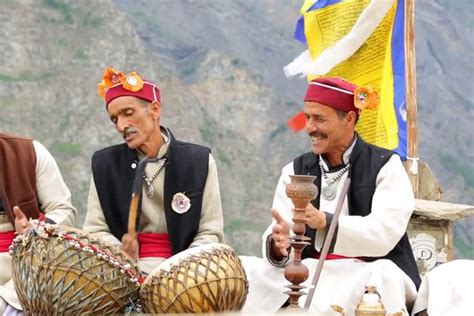
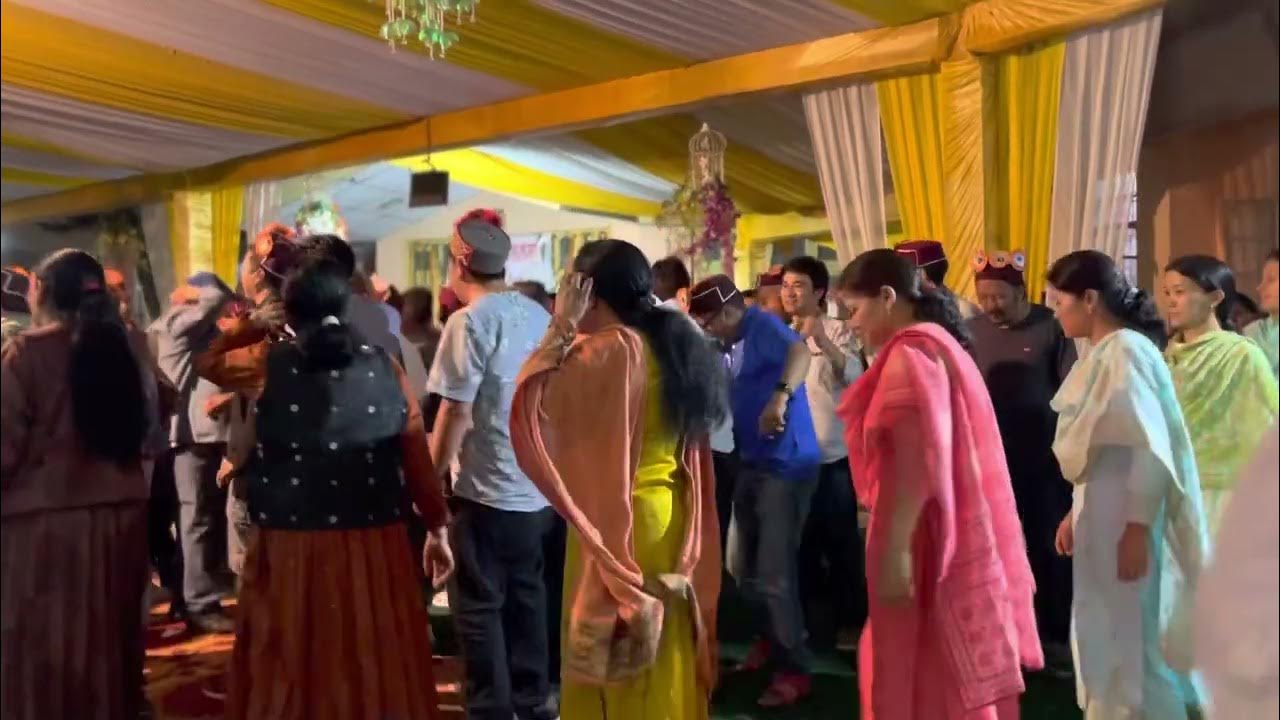




















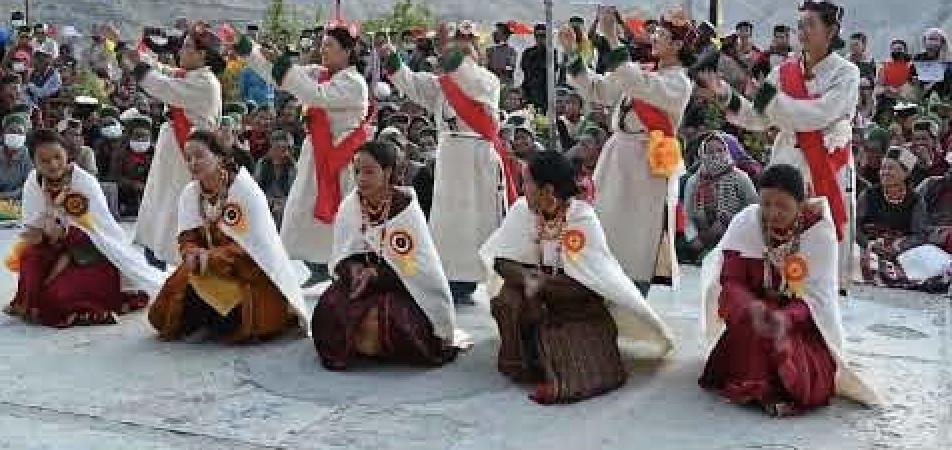

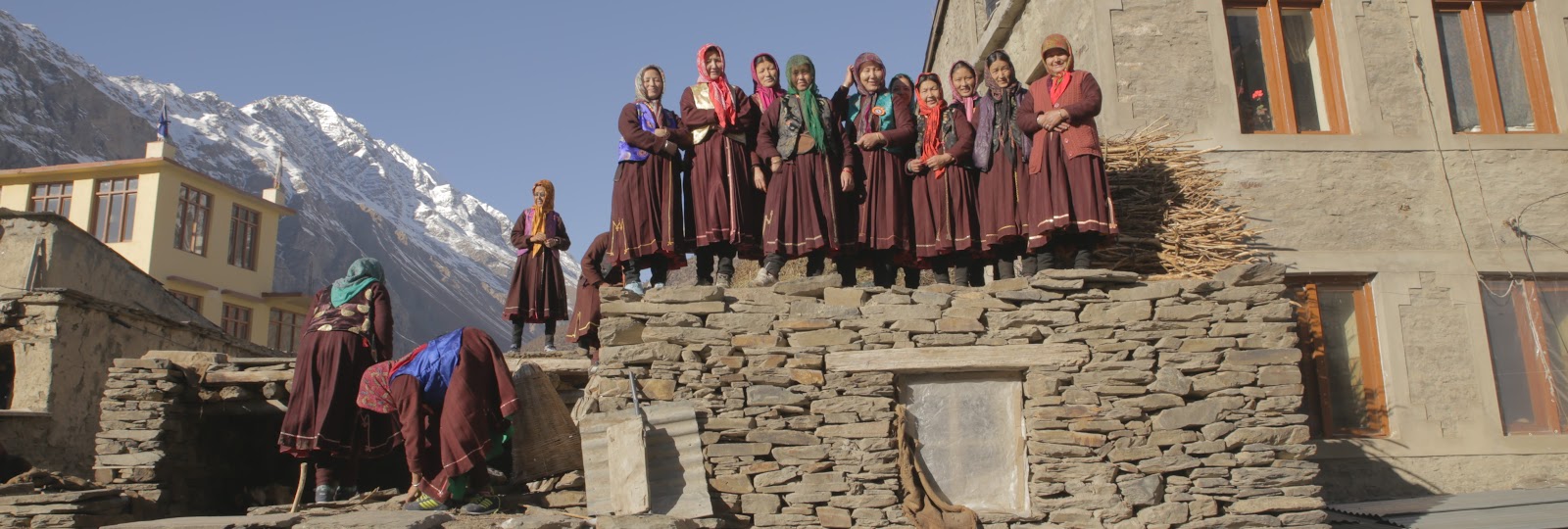



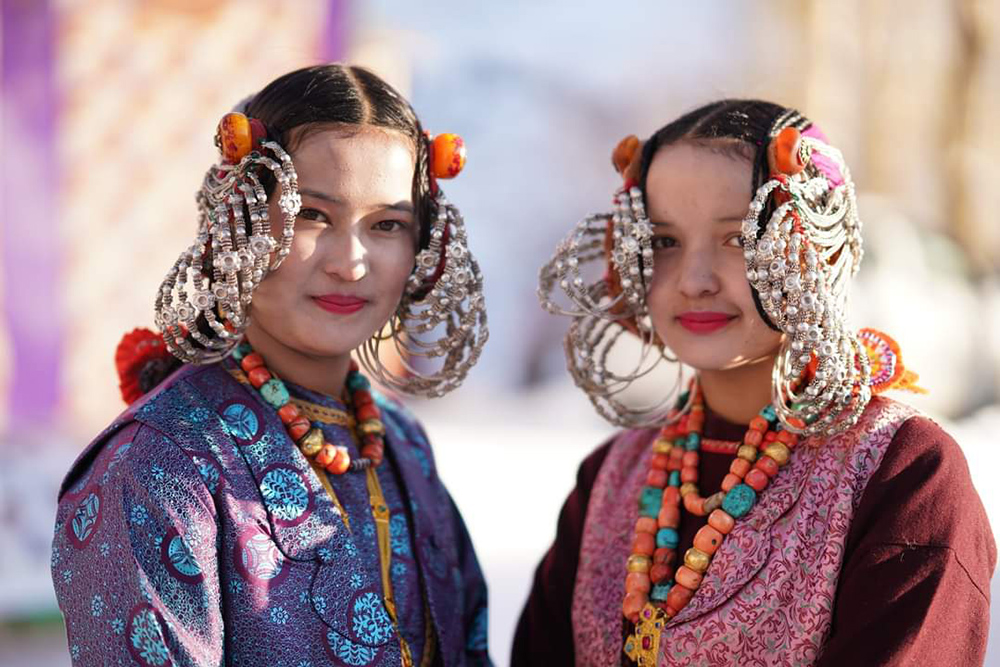
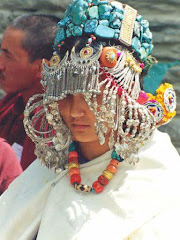









Comments
Post a Comment